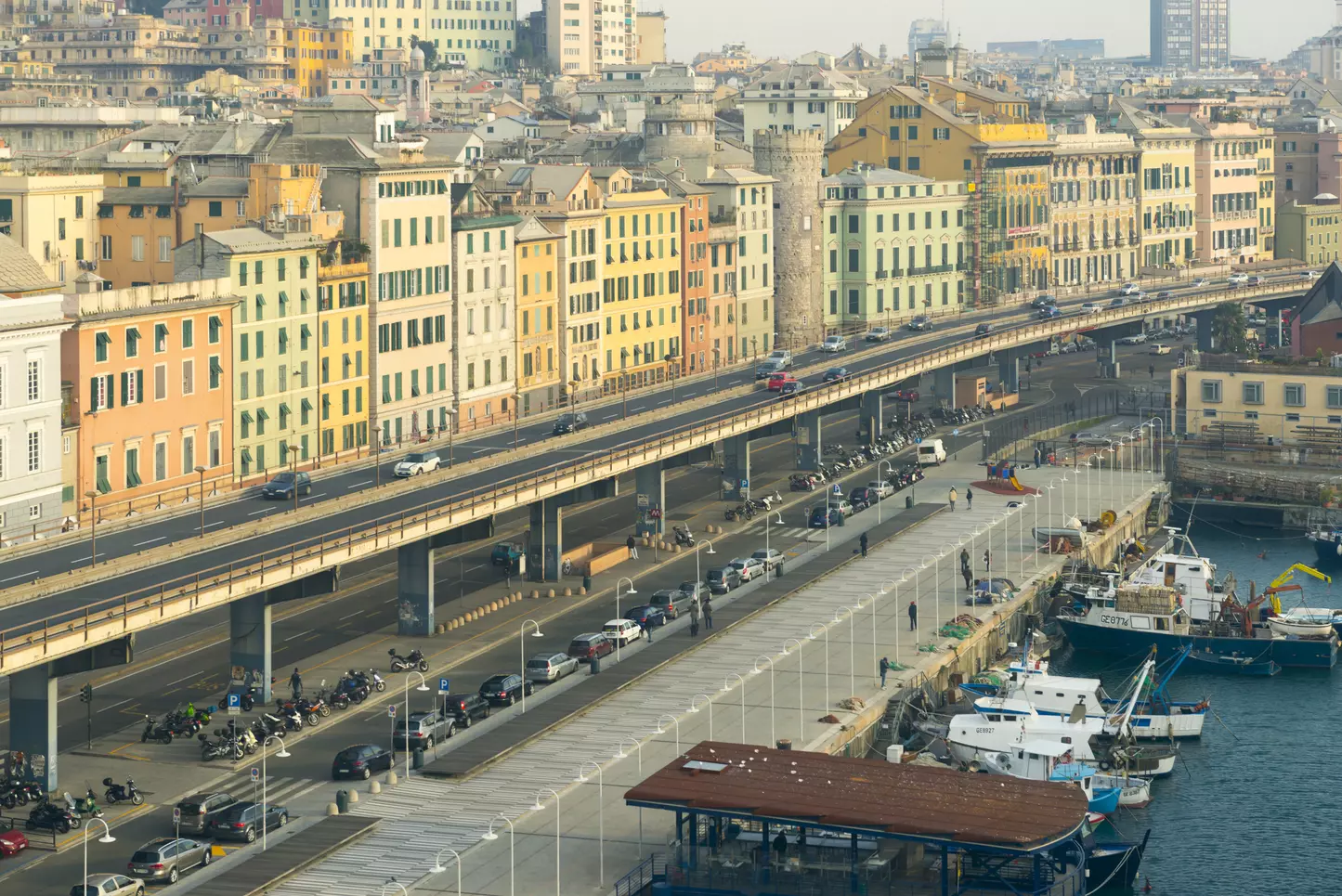Car sharing is becoming increasingly electric, sustainable and ‘at home’. Thanks to the emergence and spread of Renewable Energy Communities (RECs), also favoured by a 5.7 billion incentive (state aid) scheme, approved for Italy by the EU and partly financed by NRRP resources, shared mobility is ready to make a further qualitative leap by coming even closer to the needs of those communities of users who share living spaces.
Maurizio Ferraris, Energy Market Director of Maps Group tells Infra Journal about this ‘vision’ and the projects being studied to bring condominium car sharing to life. A trend-setting project that will ride the energy transition and the green transformation of the real estate sector, as requested by Brussels, as well as the growing development of a new shared and integrated mobility. Moreover, sustainable alternatives to car ownership are attracting more and more interest.
Maps Group deals with the digitisation of energy: how does this world meet the new mobility projects?
“We are all-round digital players and we govern energy models such as those of the RECs which, while, on the one hand, will determine the growth in demand for innovative energy assets such as photovoltaic panels or storage plants, on the other, they will open the doors to a new software market, the one necessary for the management of the community itself.”
Are you a sort of ‘control centre’, then?
“We can say this since RECs are in fact an aggregation of consumers, producers and prosumers of energy from renewable sources who come together with the aim of sharing the energy produced by the same community members. In order for this objective to be achieved, it requires software capable of, on the one hand, coordinating all the community's energy assets in an aggregate manner, and on the other hand, guiding its members in their consumption choices, indicating the virtuous behaviours to be adopted to maximise the shared energy, so as to benefit the most from the incentive generated. Digital coordination is crucial.”
How did the idea of taking on REC and car sharing come about?
“It is a vision that we shared with our partner Elettra by Genova Car Sharing (Duferco Energia Group), starting from three key concepts which are community, sharing and mobility. Since there is a common goal of shared energy this can be introduced in many directions and mobility is one of them: these are complementary areas.”
What are the advantages of a REC condominium in this respect?
“There is an environmental advantage, then convenience and proximity make a further difference. The fact that we already share a common goal, such as energy, and that this can bring an additional economic benefit, such as having a mileage package with the electric car in the condominium, is crucial. In addition to sharing the production of renewable energy, and its virtual self-consumption, within the community it will be possible, in fact, to also share the electric car.”
How does this actually happen?
“By allocating the REC incentive to support the costs of the electric car.”
When will the pilot projects start and what will they look like?
“We will start in Genoa in the second quarter of the year because we are waiting for the regulatory framework on RECs to be complete with the passage to the Court of Auditors and GSE. Then, we will start with a trial lasting about one year that will cover five to ten realities.”
And following the pilot phase?
“We will start a concrete experimentation with partner Elettra through the provision of a fleet of electric sharing vehicles (cars first and foremost, but also bicycles, scooters and quadricycles, depending on requirements) with intelligent planning, on the Rose Energy Community software platform, of recharging to maximise shared energy and thus incentives, as well as timely reporting of CO₂ emissions avoided. All this will create a scale model with very precise rules and an integrated supply chain allowing the end consumer to have a ‘turnkey package’. This will require strong coordination between the players in the field.”
Aren't you frightened by the resistance still surrounding shared mobility?
“We look to the future and the new mobility will come through here, the new generations already have a different approach to the concept of ownership and mobility and we are convinced that shared and pay-per-use mobility is the future. Of course, it will take time, we do not see an ‘on-off’ effect, but the 2030 and 2050 environmental targets will facilitate things for us.”
Will the energy upgrading of houses be an important element?
“Recent research by PoliMi explains that energy efficiency in buildings will drive investment. This is not an option, but a road mapped out and there are already many real estate funds investing in this direction.”
So, the future is community car sharing?
“This approach involves a limited group of people, such as the inhabitants of a house or residents of the same street or neighbourhood, sharing a car. It sounds like a quantum leap, but it is possible. There is also an interesting side effect: while many motorists still avoid buying an expensive electric car, they can switch to cheap electric mobility in car sharing. Community car sharing offers advantages for the user and the environment: users benefit from flexible, comfortable and convenient mobility, the environment from fewer cars and an acceleration of electric cars.”

